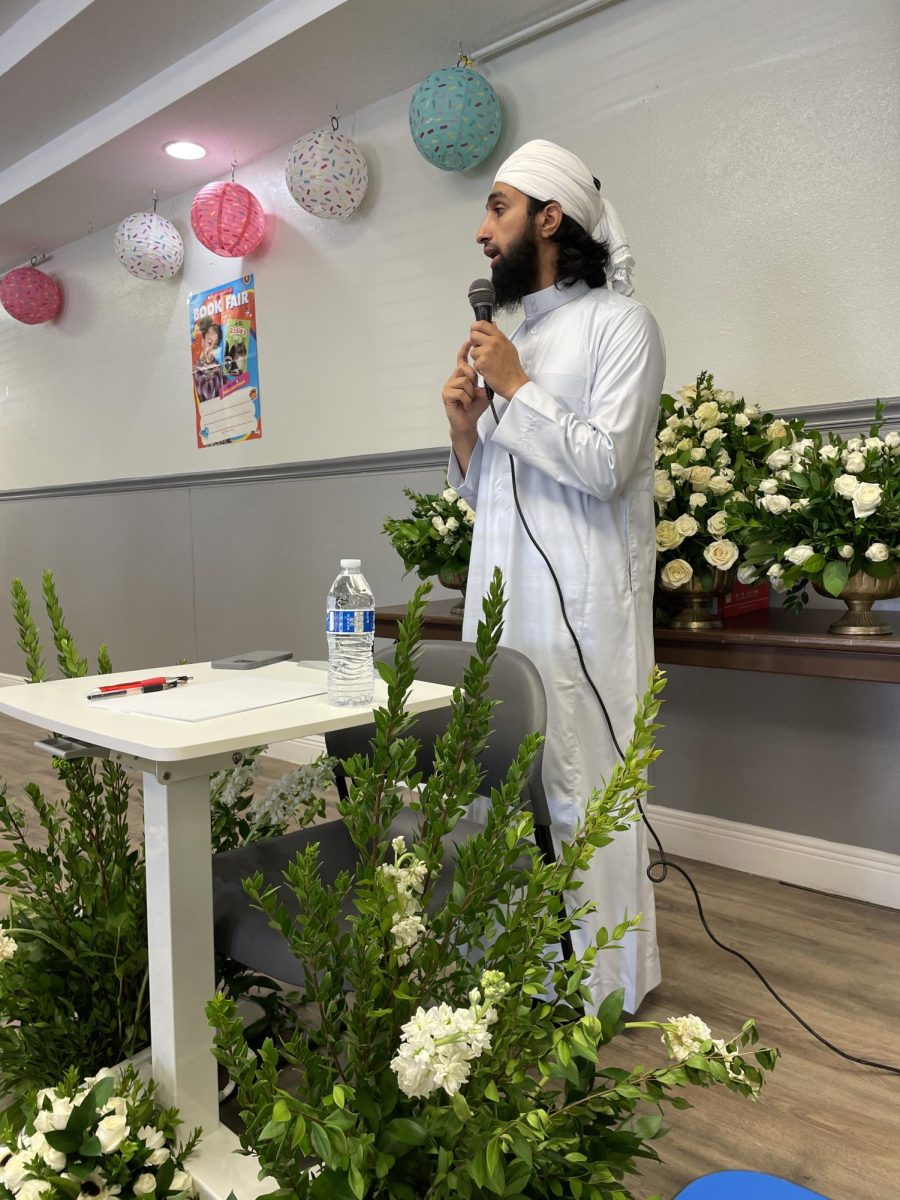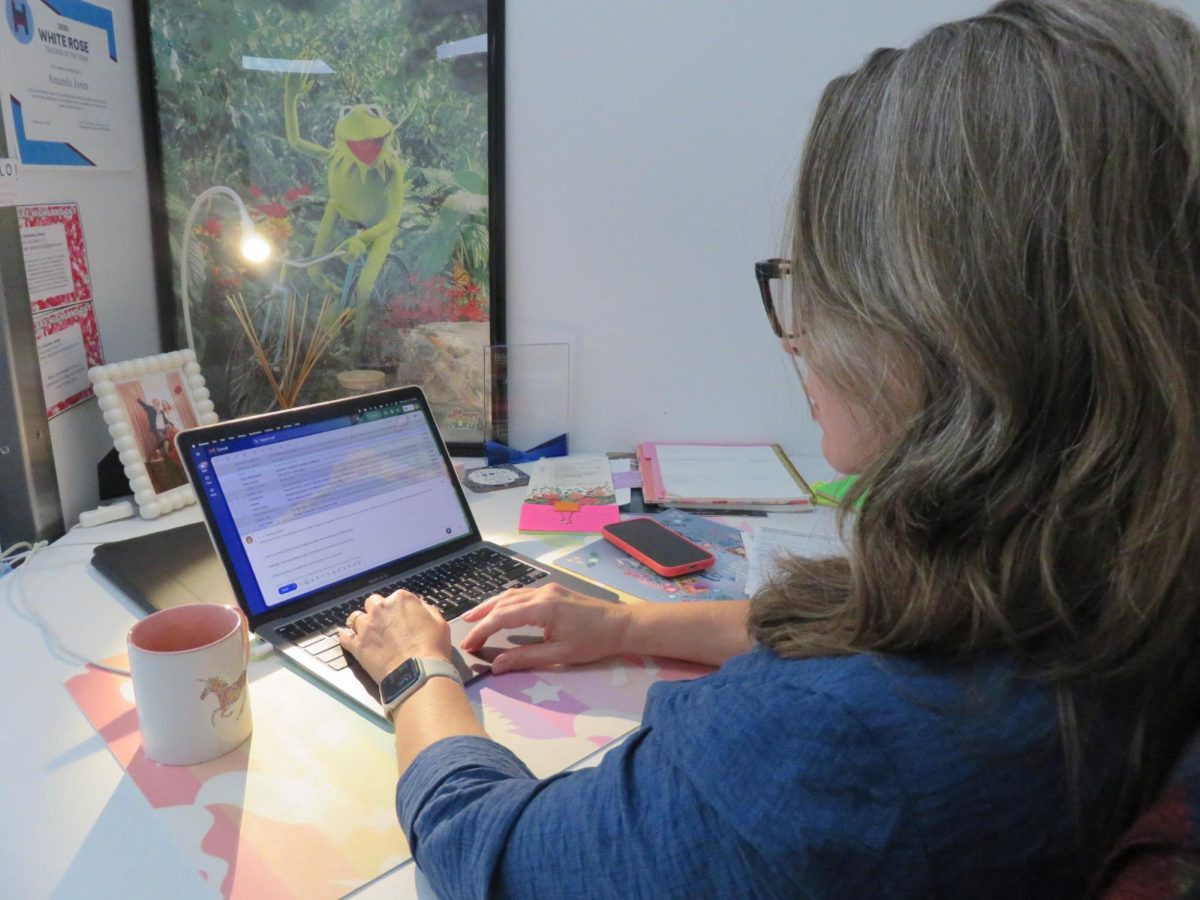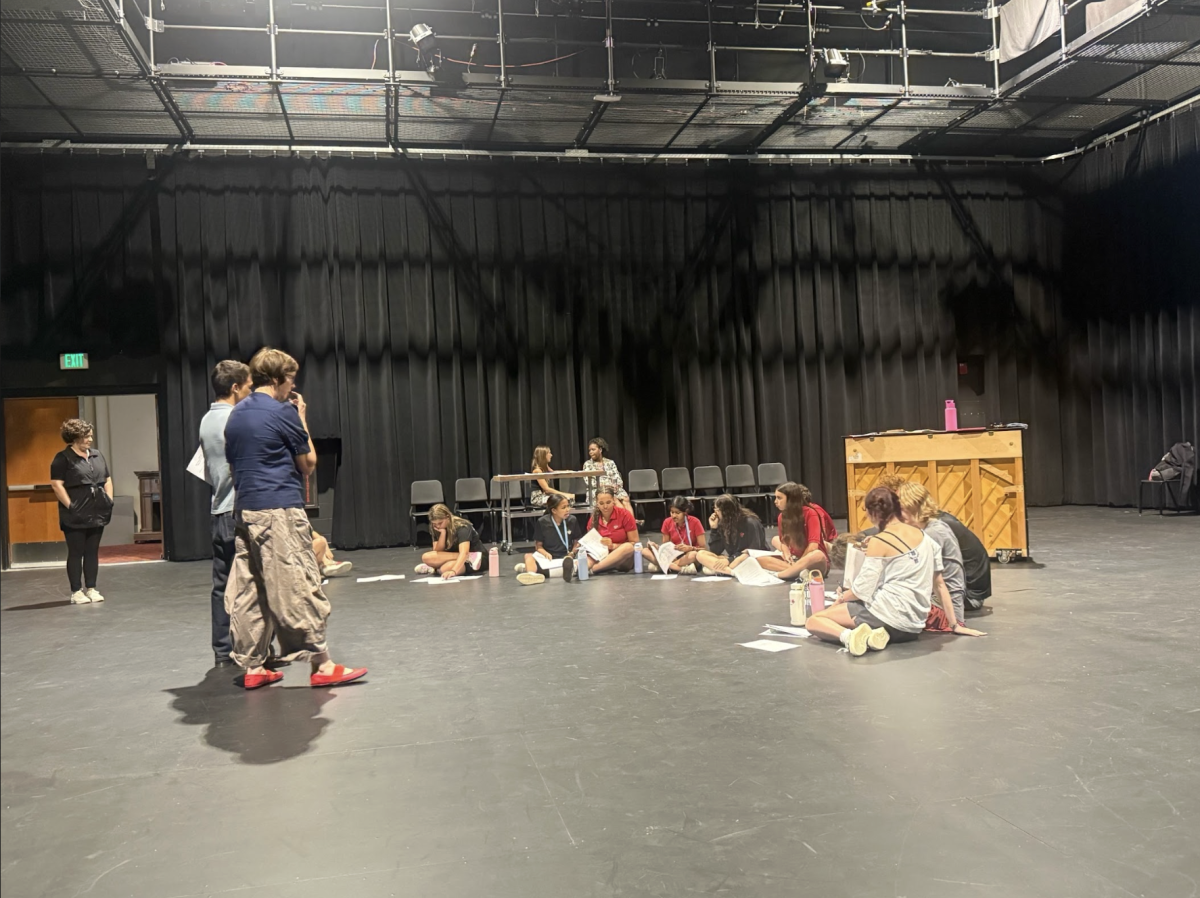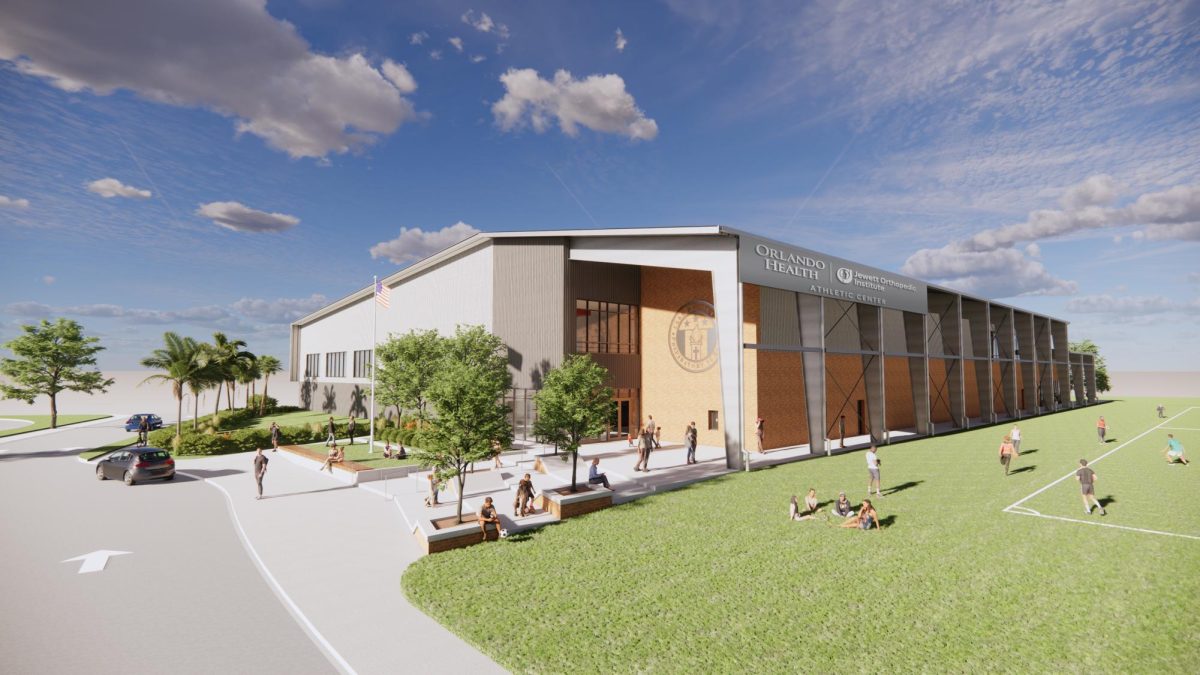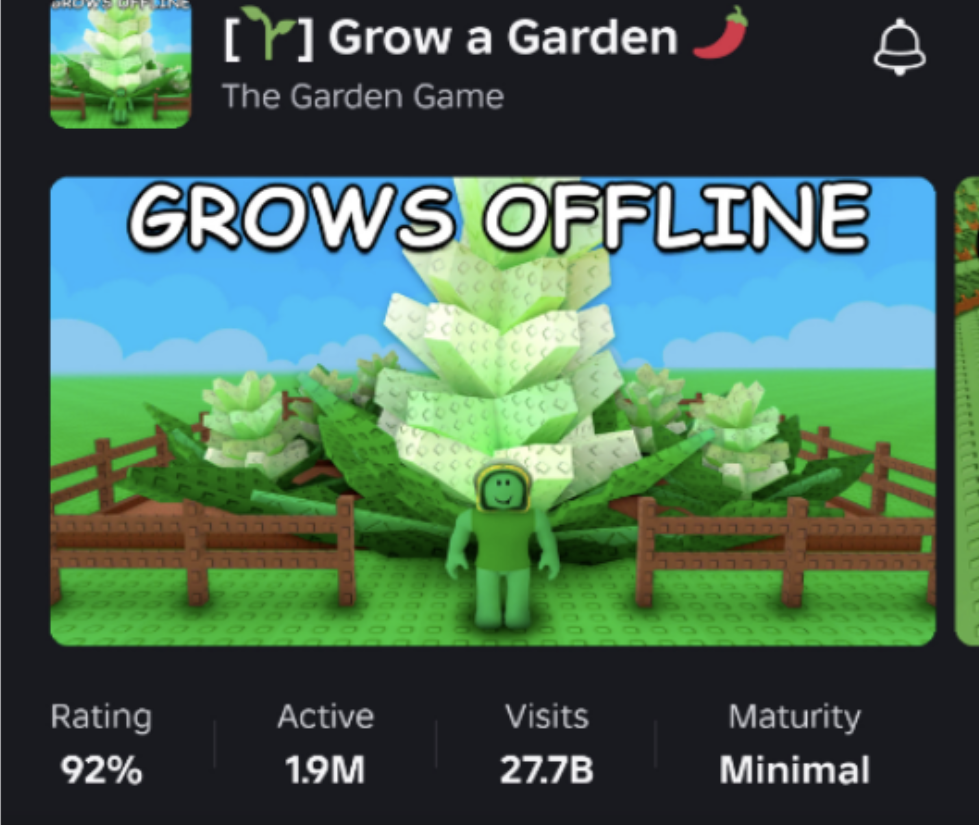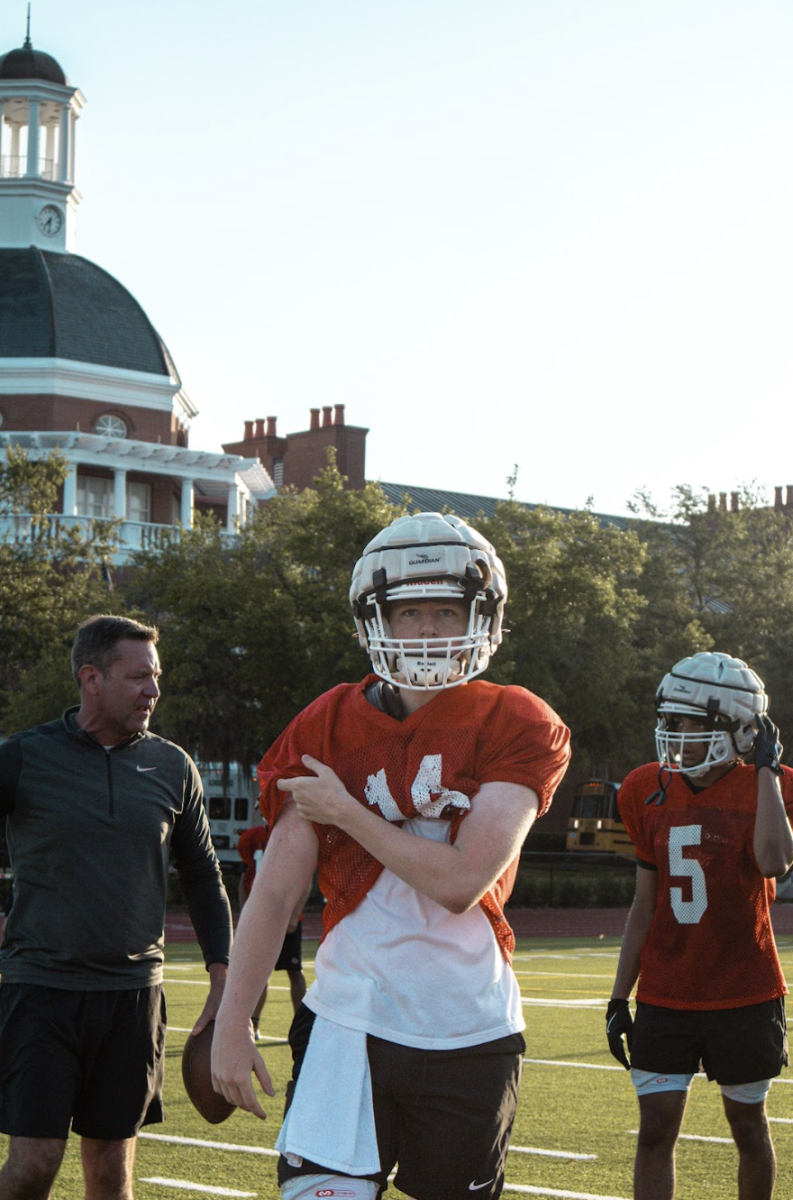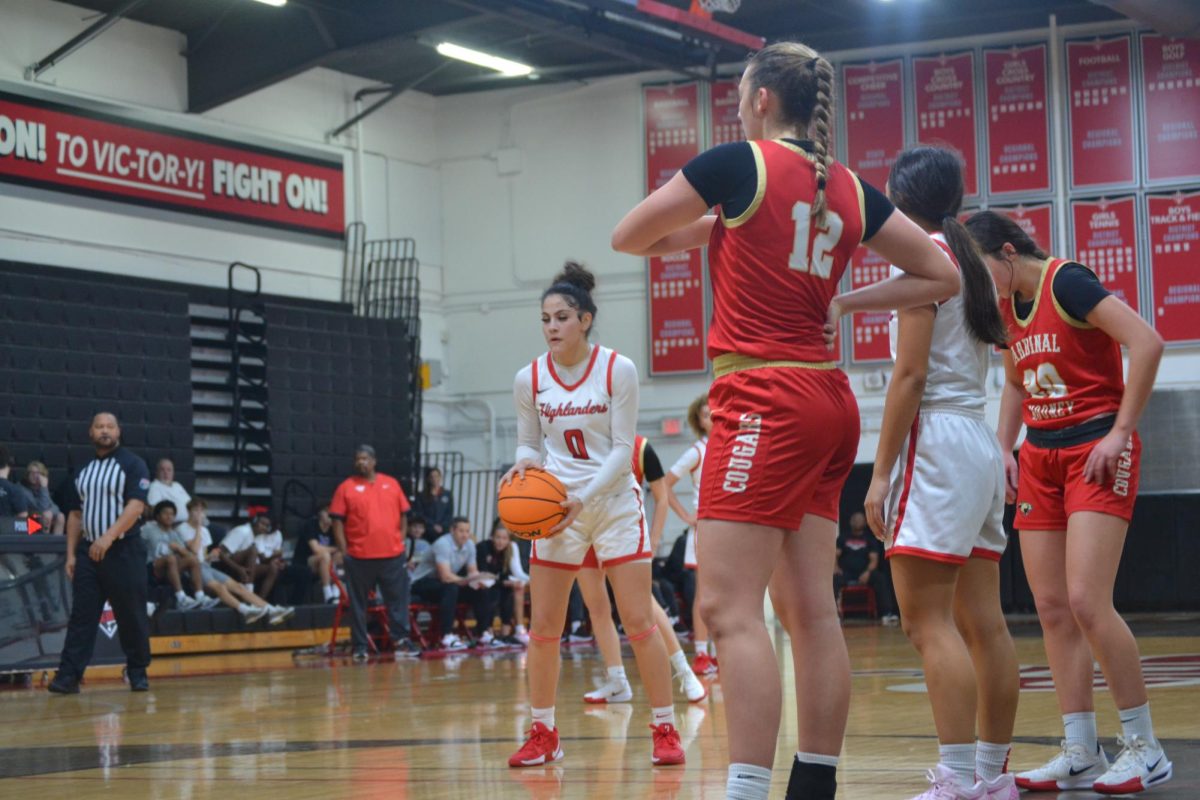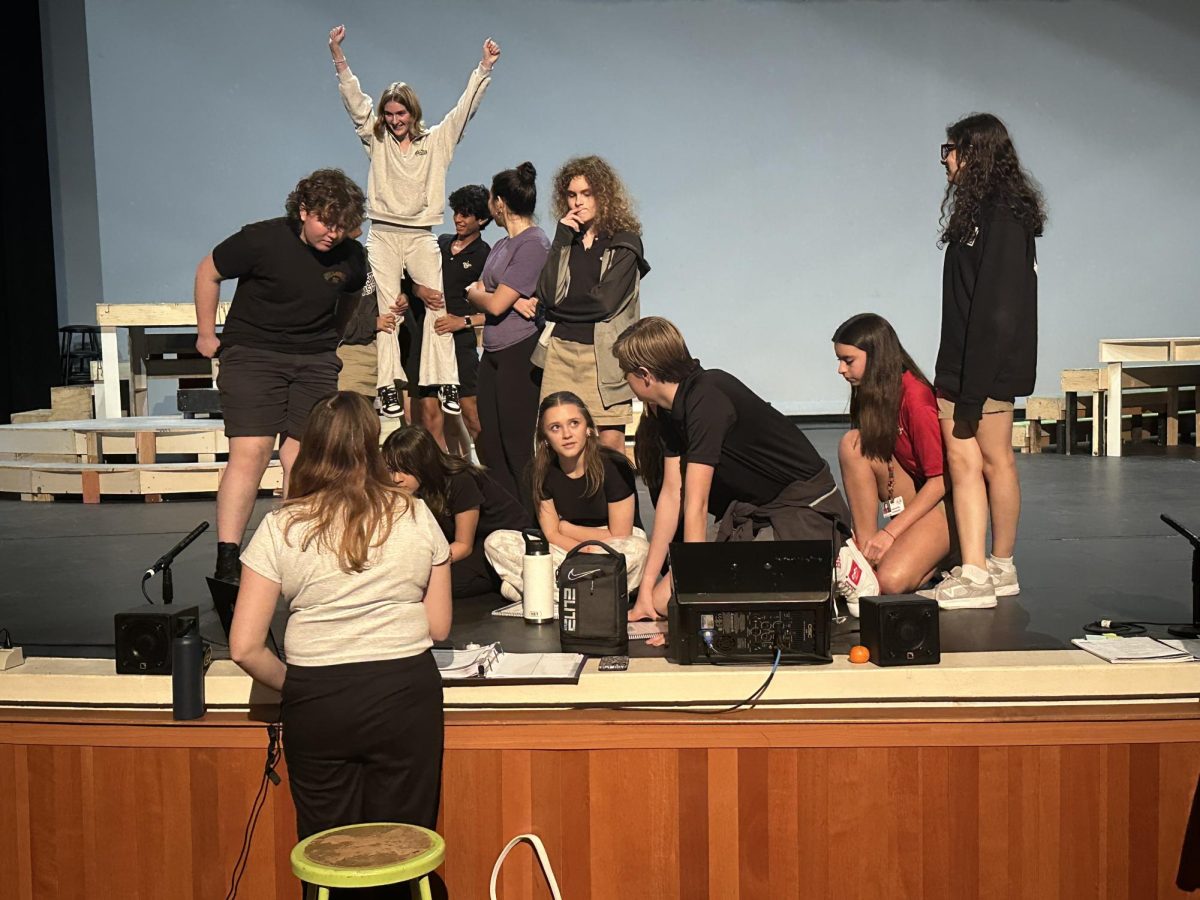Applying for college is known to be one of the most stressful, confusing, and overwhelming periods of a student’s high school career. With the task of making an application list, staying on top of deadlines, building a resume, writing essays, and more, it’s hard to manage all the elements of a college application, let alone know how to best showcase strengths for when the application reaches the admission teams’ desks. There are several factors that few know about that can actually help boost one’s application.
The Common Data Set is a helpful tool that most colleges publish on their own website. The Common Data Set is defined as, “A collaborative effort among data providers in the higher education community and publishers as represented by the College Board, Peterson’s, and U.S. News & World Report.” This collaboration aims to, “Improve the quality and accuracy of information provided to all involved in a student’s transition into higher education.” In the PDF file, under the section titled, “First-time, First-year admission,” you can find how much a specific school values all the elements of an application on a scale of, “Not considered, considered, important and very important.”
There are some aspects of the application that students typically cannot control, which are the rigor of one’s secondary school record, if an applicant is first generation, if there is an alumni relation, geographical residence, state residency, religious affiliation/commitment, and racial/ethnic status. Instead, college applicants should focus on the factors they can control. There are five academic factors of applications that students can control: class rank, academic GPA, standardized test scores, application essay, and recommendations. Doing your best in classes contributes to class rank and GPA, but it’s worth noting some high schools don’t provide a class rank, like Lake Highland.
Regarding standardized testing, I would recommend students try both the SAT and ACT at least once and see which one they feel better about, then study for that one. You can prepare for the SAT using SAT prep classes, hiring a specialized tutor, utilizing Khan Academy, and mastering the most untold but highly effective method: the Desmos calculator. The majority of math questions on the SAT can be solved using the Desmos calculator tool on Bluebook. A quick YouTube search will present viewers with endless videos about how to plug the SAT questions into the calculator to get the right answer. The most notable channel, in my opinion, is Tutorllini Test Prep, which provides a thorough run-through on practically every math concept presented on the SAT. Students can prepare for the ACT by hiring a specialized tutor, using the official ACT website, and using ACT Academy.
When writing your application essay, Ms. Danielle Houston, Upper School College Counselor, suggests that students, “Start early! Get trusted feedback, but do not get too much feedback. The essay should be authentically you and should sound like your own voice.” Ms. Lynn Stewart, Dean of College and Career, advises students to, “Take a step back and reflect on their lives up to that point, and remember that they are writing for someone who doesn’t know them.” If you’re feeling stuck, you could look up college essays of those who have gotten into a school you are thinking about applying to for some inspiration.
The last academic factor is your recommendations. Students should ask teachers who’ve seen them in their element, who’ve seen them grow and progress, and who’ve they’ve just connected with to write their letters. This is because these teachers will be able to demonstrate your character the best.
There are also seven non-academic factors that you can control, which are your interview, extracurricular activities, talent/ability, character/personal qualities, volunteer work, work experience, and level of interest in a college. Many colleges allow the option for in-person or online interviews so they can get to know the applicant and provide the applicant with the ability to ask any questions about the college. If you choose to do an interview, do research on the school, be ready to talk about yourself, ask thoughtful questions, and follow up with a thank you note. The purpose of the interview is to not only demonstrate your qualifications but also to show you are a good fit for their campus community.
Extracurriculars, talent/ability, character/personal qualities, volunteer work, and sometimes even work, are all related. Ms. Stewart explains, “The activity section of the application is designed to capture that in a way, because typically students spend time doing things that are important to them. For example, when you have a lot of service, it represents your compassion for others and for humanity. That is a character trait. When you have activities like sports, it’s a commitment to be a team player. That’s a character trait.”
The last thing is your level of interest, which can be demonstrated by touring the school, attending virtual information sessions, and even reaching out to the school’s admission team or your admissions counselor, who is usually designated by geographical area and can be found on the college’s website to introduce yourself, ask questions, or express your enthusiasm about potentially being a part of their community. While it may feel like an overwhelming amount of elements to consider, maximizing each of these factors in an application, one at a time, can make all the difference. Focusing on each element can help. Ms. Houston suggests, “See this as an exciting adventure and an opportunity to celebrate your strengths and accomplishments rather than just an anxiety-inducing process. This is the next step in your future, and you have much to celebrate and be proud of!”






